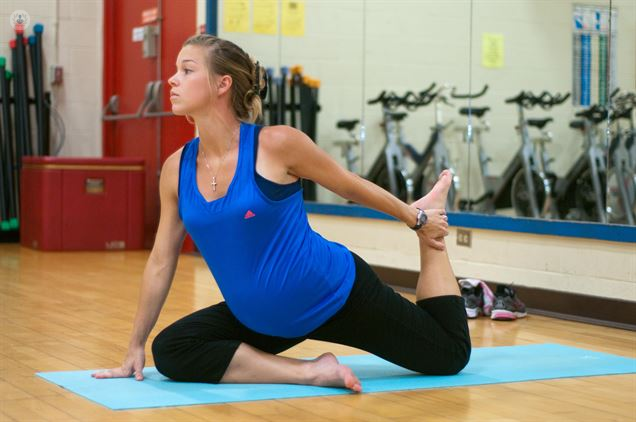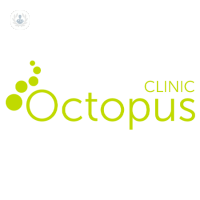Pregnancy pilates
What is pilates?
Pilates is a form of exercise that aims to strengthen the body, particularly the core muscles. It can be done by beginners as well as experts, and is suitable for all ages.
In a similar way to yoga, pilates involves a series of movements and positions, but the focus is on the core, including the abdominal, back, and pelvic floor muscles.
How can pilates help during pregnancy?
Strengthening your pelvic floor and your core is often recommended during pregnancy.
A stronger stomach can ease backache as the baby grows, and stronger pelvic muscles can reduce your chances of experiencing stress incontinence after pregnancy. Better core strength can also improve your balance, which can be affected as your bump grows.
Finally, pilates involves practising controlled breathing techniques, which are important during labour.
How can I prepare?
It’s important to find the right pilates instructor, as well as make sure you are prepared physically.
Finding the right instructor
There’s no legal requirement to be registered as a pilates teacher, so make sure you check how much experience the instructor has. Some will have completed a level 3 qualification in mat-based pilates.
As well as having a qualified instructor, it’s important to attend a class that’s suitable for you. You might find most pilates classes go too fast, so look out specifically for antenatal classes. If you can’t find one, it’s worth asking the instructor of an ordinary pilates class if it’s possible to adapt the exercises.
Physical preparation
You can prepare for pilates by trying out pelvic floor exercises yourself. Here is a helpful guide.
You can also strengthen your stomach by getting on your hands and knees with your hands under your shoulders and your knees under your hips. Then, pull in your stomach and raise your back towards the ceiling, holding the position for about 10 times. Slowly return to your original position and repeat the exercise 10 times.
Alternatives to pilates
There are many types of exercise that are beneficial during pregnancy. The key is not to do something too strenuous, or too far advanced beyond what you’re used to. Suitable exercises include swimming, yoga, walking, or running. Exercises to avoid include those with a risk of falling, such as horse riding, ice hockey, or skiing.



